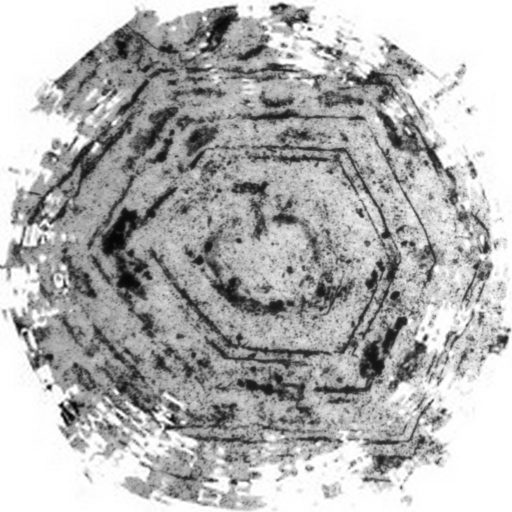«There are things so incredible, that it is impossible to believe in them, but there are no things so incredible that they cannot happen». — Hardy Thomas
The study of the origin of viruses is very relevant in connection with the next global pandemic that has affected all of humanity. At the same time, in the past, viruses not only killed living cells but also played a crucial role in the lateral transfer of genes between organisms, ensuring the biodiversity of life on Earth.
The study of the remnants of viruses that existed in the past, but are now extinct, deals with the section of virology – paleovirology. At the same time, virologists and most paleontologists adhere to the dogma that ancient viruses (like modern ones) were extremely small and could not leave behind physical remains (microfossils). Therefore, to reconstruct the past, paleovirology studies endogenous fragments of ancient viruses in the genomes of modern organisms.
At the same time, modern knowledge about the evolution of the Earth’s biosphere is based primarily on material data obtained through paleontological research. Therefore, the biggest gap in the paleontological chronicle of the evolution of life is the absence of microfossils of viruses in rocks.
«Paleovirusology» is a new scientific idea that arose as a result of the study of virus-like microfossils in the community of ancient planktonic microorganisms. It indicates the possibility of detecting fossilized viruses even in the oldest ecosystems of the Earth. Thanks to the development of modern paleontological research and the latest instrumental technologies for the study of inert and living matter, it is possible to hope to detect fossilized viruses in ecosystems of all geological periods and trace their contribution to the evolution of the Earth’s biosphere. Thus, at the junction of micropaleontology and virology, a new science «Paleovirusology» will inevitably form over time, which will fill the gap in the paleontological chronicle.
